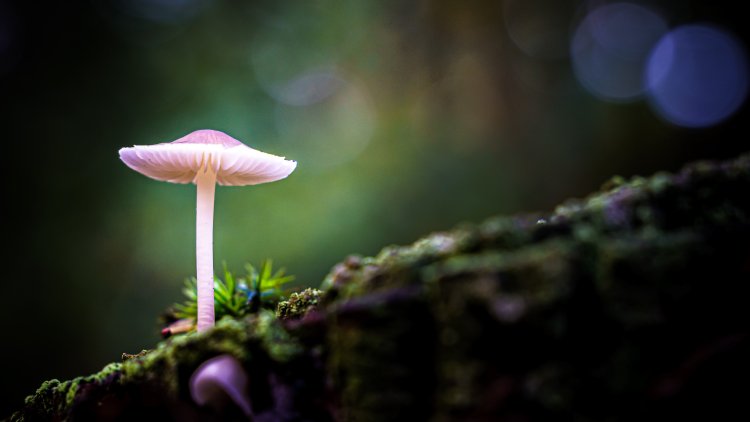How realistic is the pandemic from "The Last of Us" series?
"The Last of Us" series already managed to win viewers over after the first episode, and the fungal pandemic that turns people into zombies attracted a lot of attention.

The new HBO series, "The Last of Us", is based on the hit video game. "The Last of Us" series already managed to win viewers over after the first episode, and the fungal pandemic that turns people into zombies attracted a lot of attention. The new title delighted viewers and critics with its first episode, and we were not "immune" after the first episode either. This achievement follows a 20-year period of the apocalypse after the cordyceps fungus has mutated into a deadly pathogen, turning infected people into zombies.
The premise of the series is already explained in the opening scene when two biologists, guesting on a show, discuss the possibility of mass infection. While Dr. Schoenhuis (Christopher Heyerdahl) fears a viral infection and explains how easily it can turn into a pandemic - a theme we're all too familiar with, Dr. Newman (John Hannah) offers a much more dangerous possibility.
"The human race has been at war with viruses from the very beginning. Sometimes millions of people lose their lives, like in a real war, but in the end we always win," the fictitious biologist begins his presentation, and then adds that he is not afraid of viruses or bacteria, but mushrooms. "Mushrooms seem relatively harmless, but many species know better. There are some mushrooms that do not aim to kill the victim, but to control it".
The fungus in question is called cordyceps, and unlike Dr. Newman himself, it is not fictitious, but real and extremely dangerous to some insects. How? After infecting the insect, it takes control of it, and in the case of affected ants, forces them to climb the tree and bite the leaf tubes before dying, after which the cordyceps devours it, "blooms" through the head and releases its spores. You can see an example in the following National Geographic video:
NEW:https://tvexposed.com/did-you-watch-the-horror-thriller-in-the-forest
Post By: Vanessa F.





























